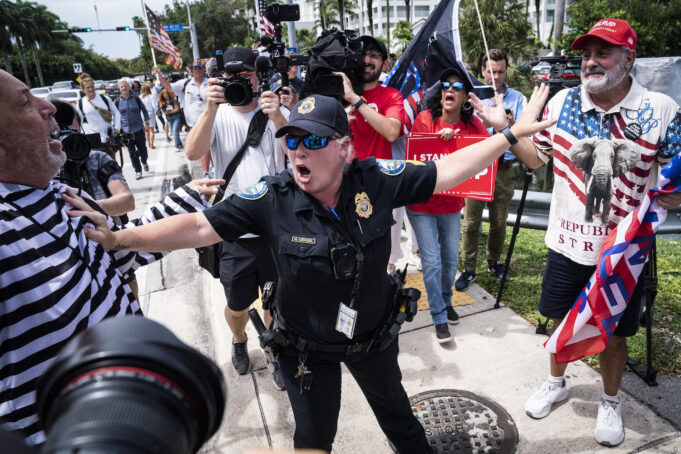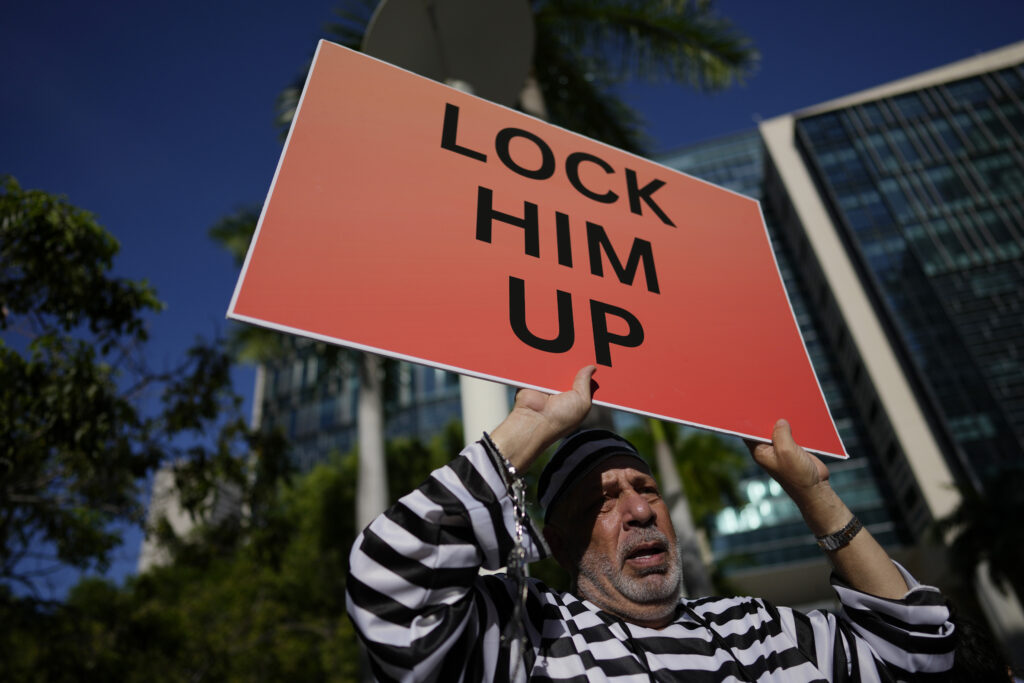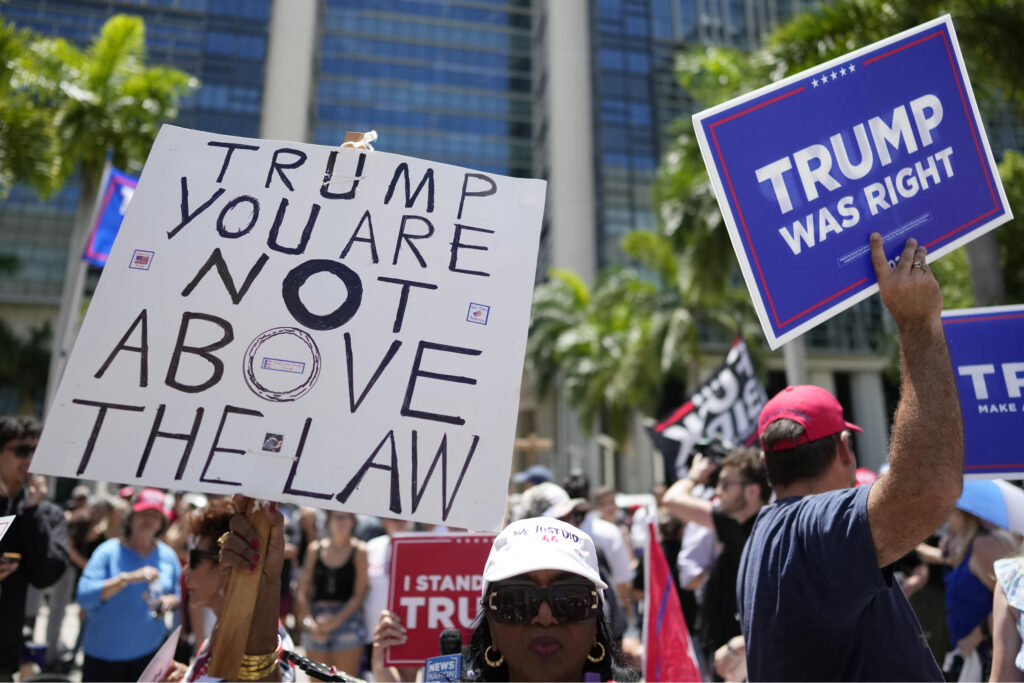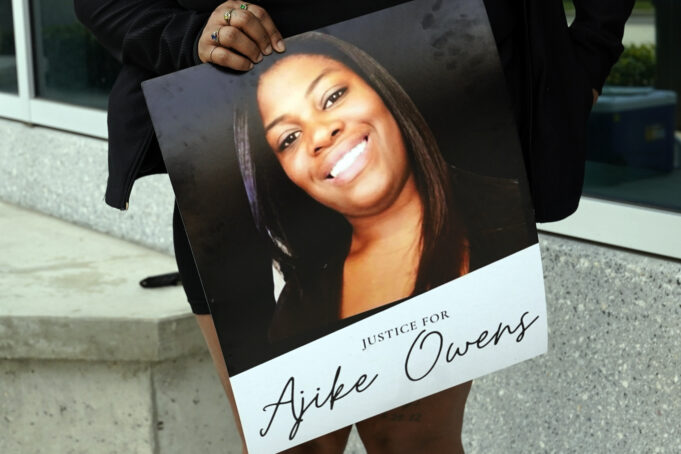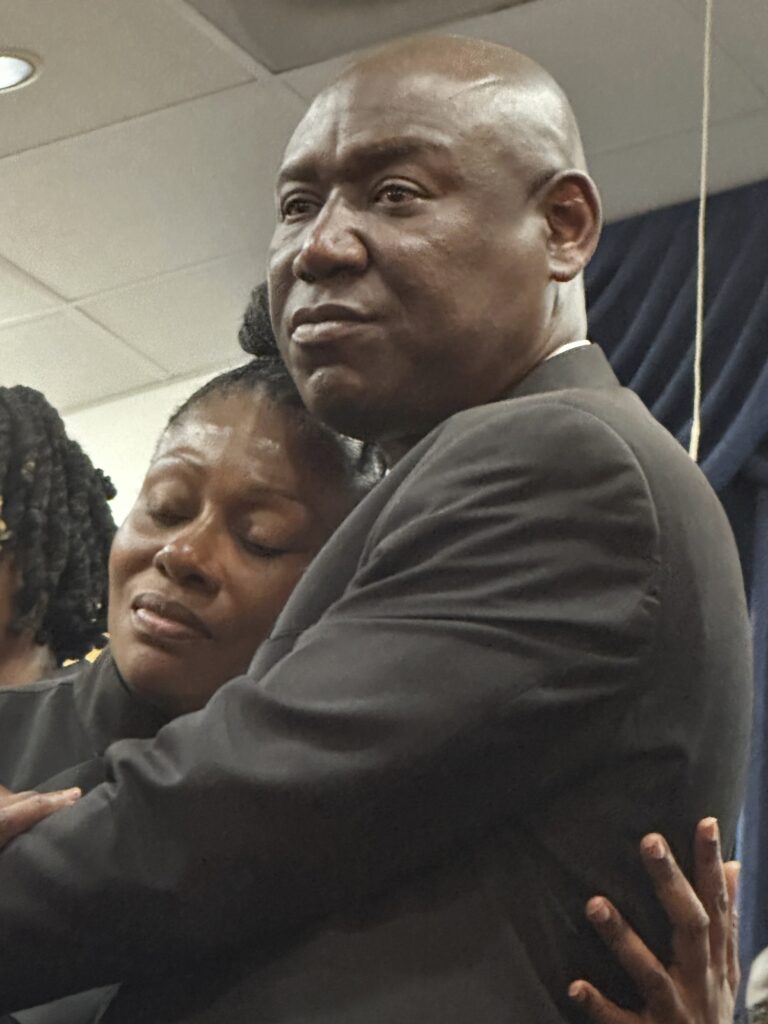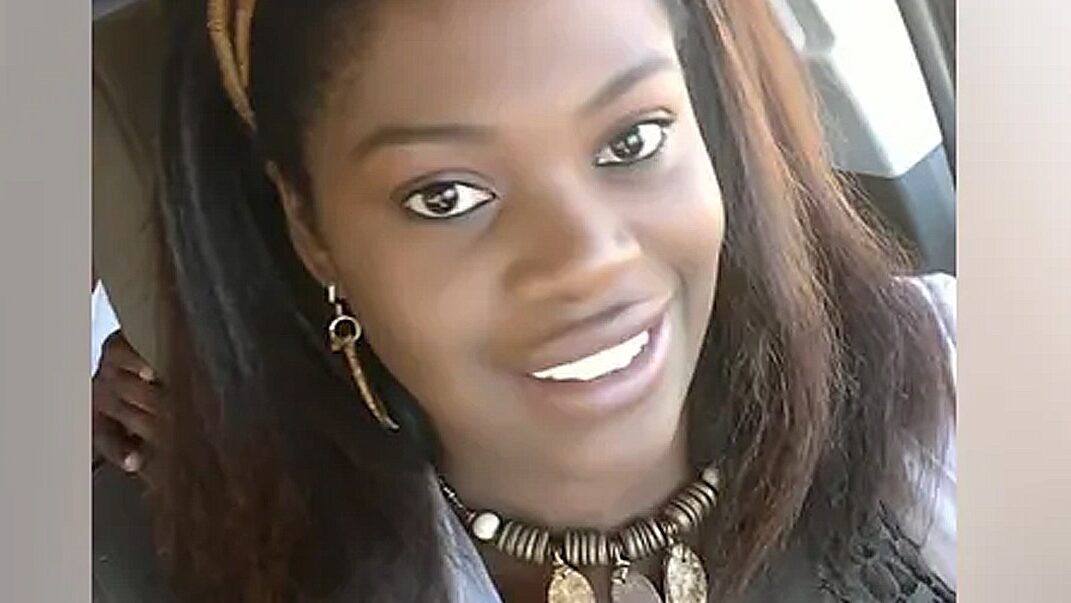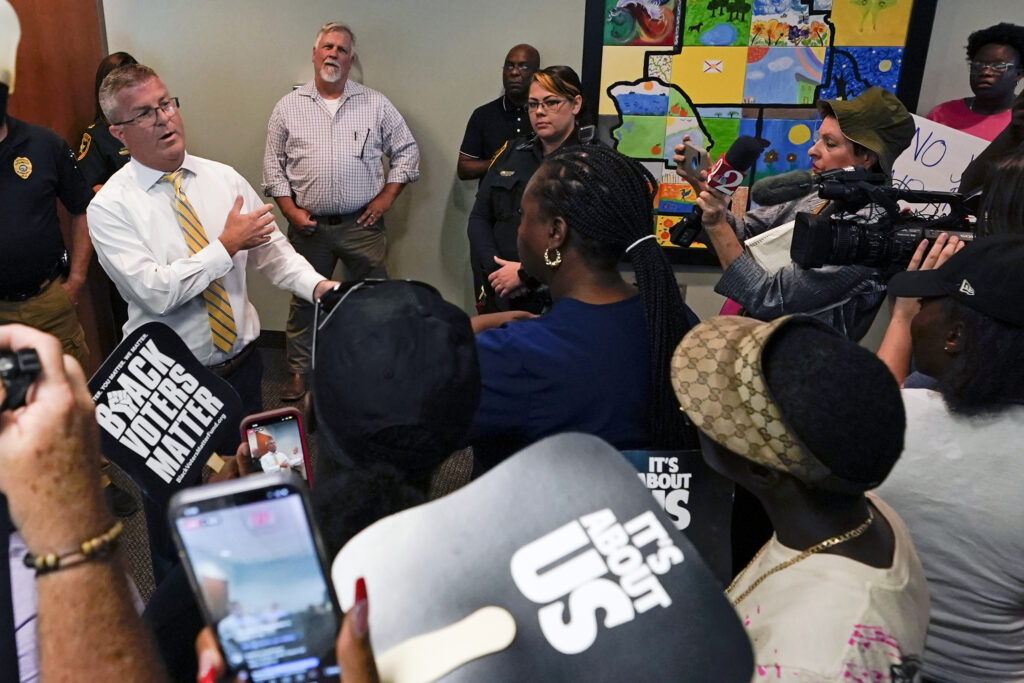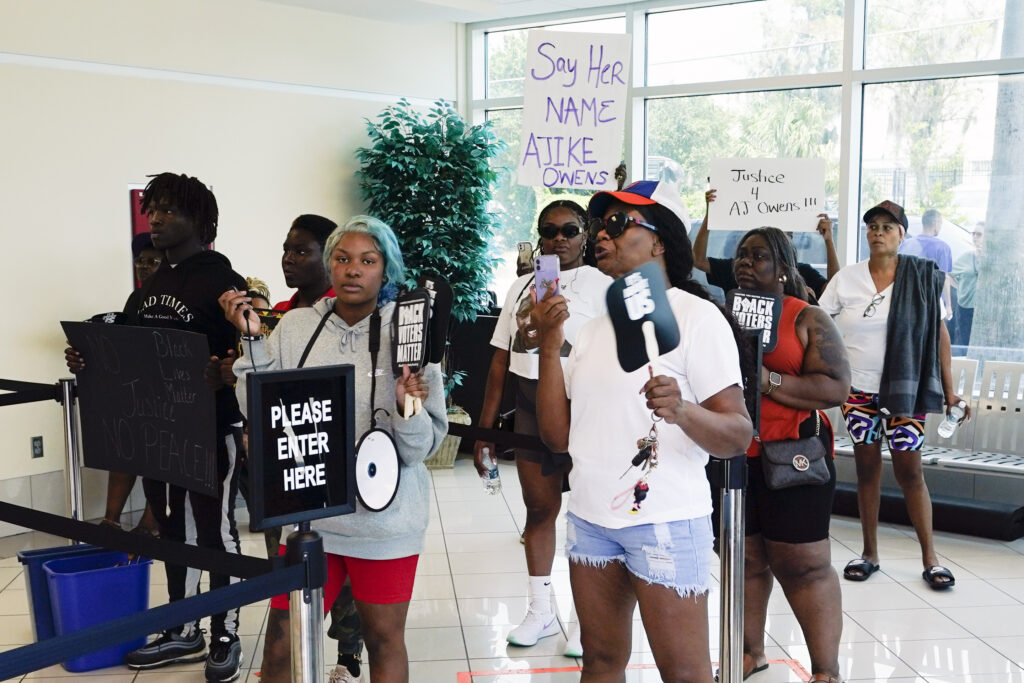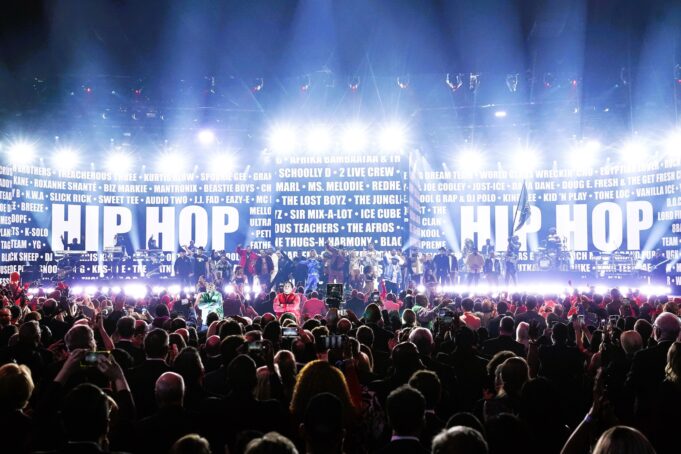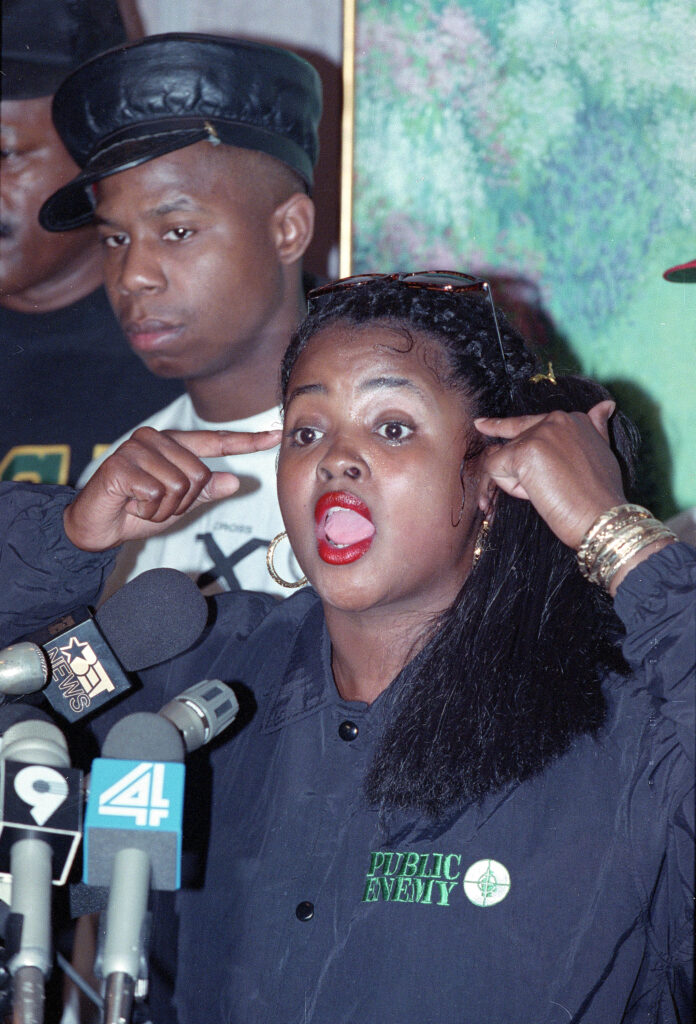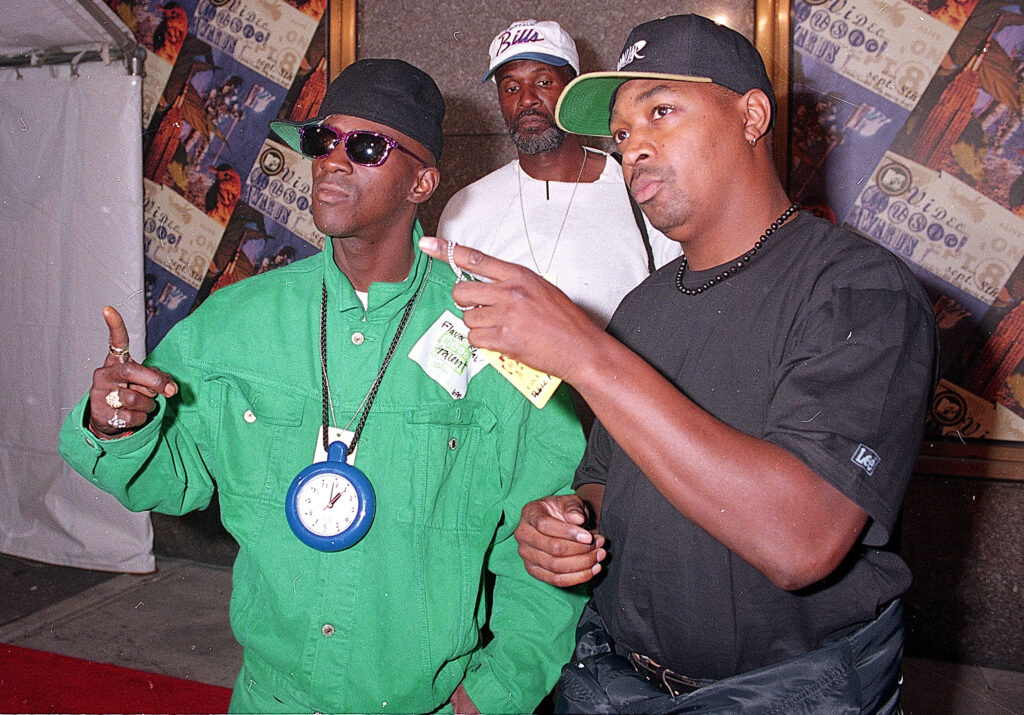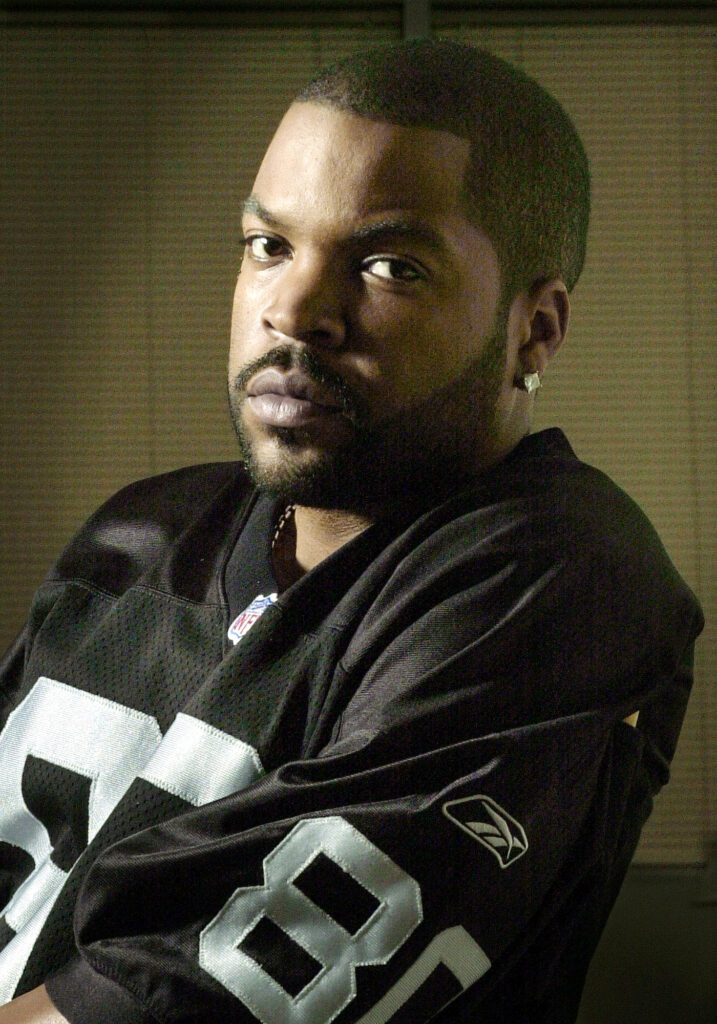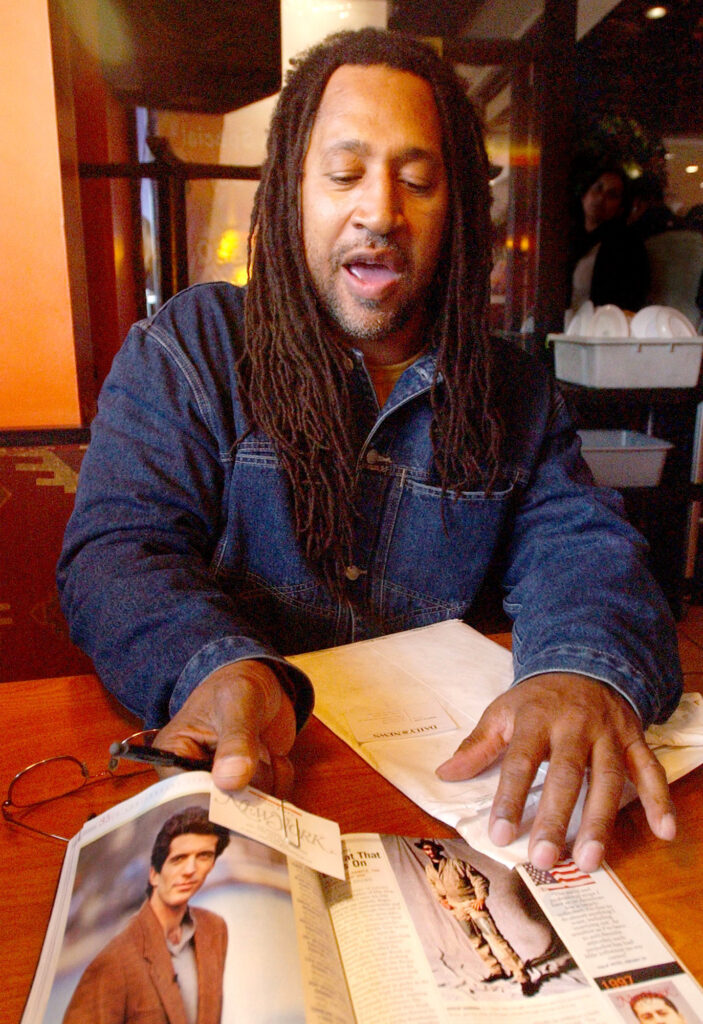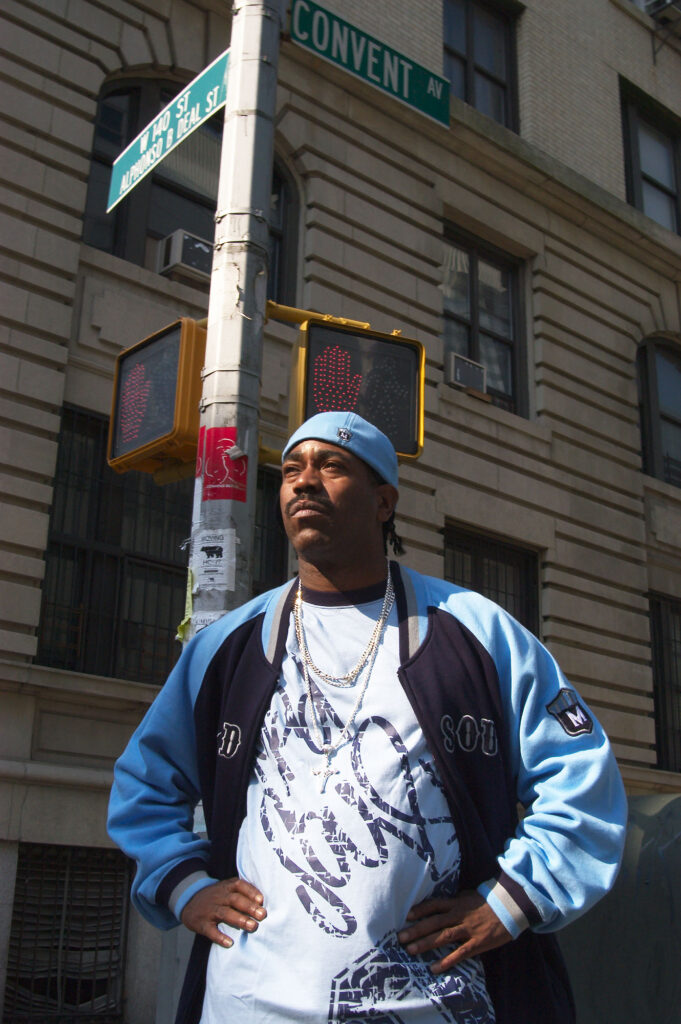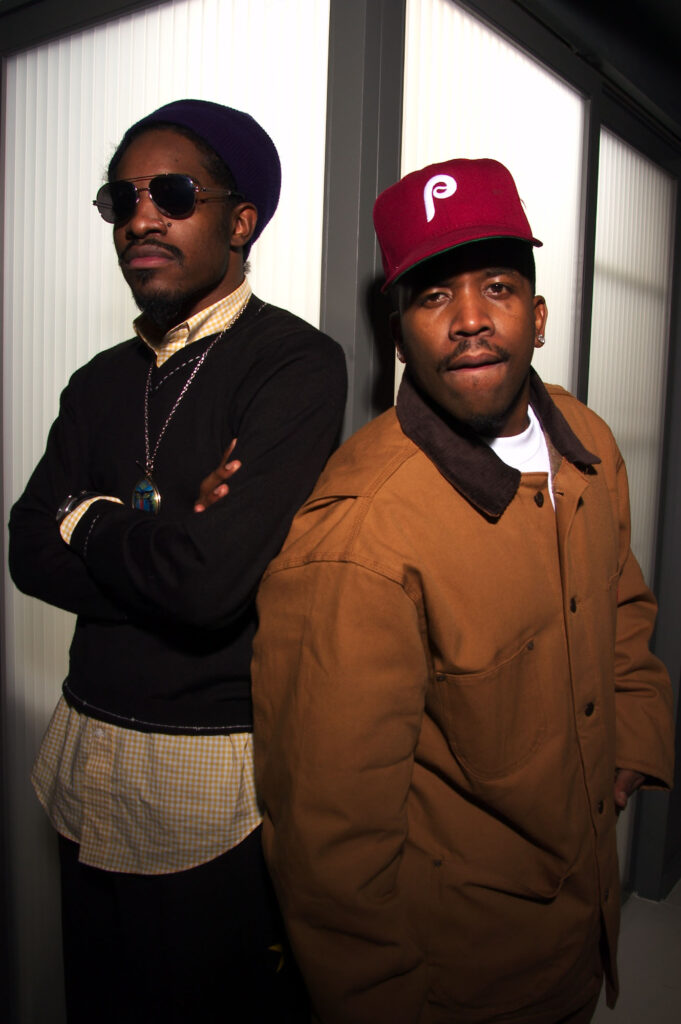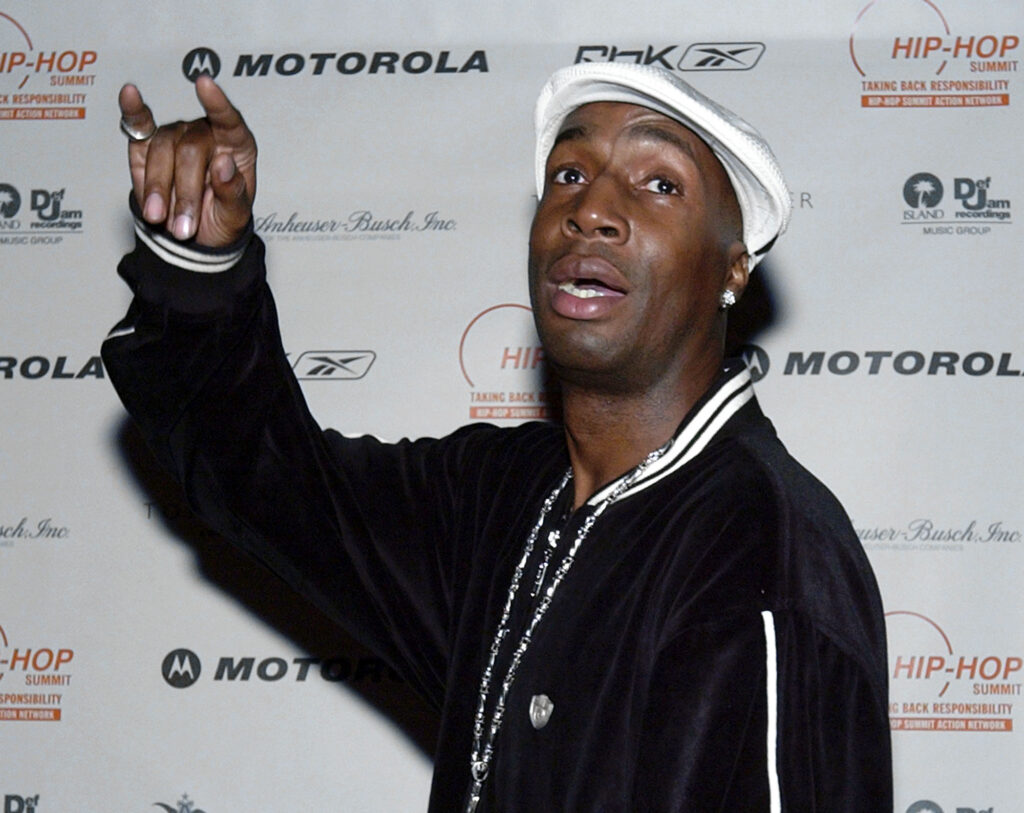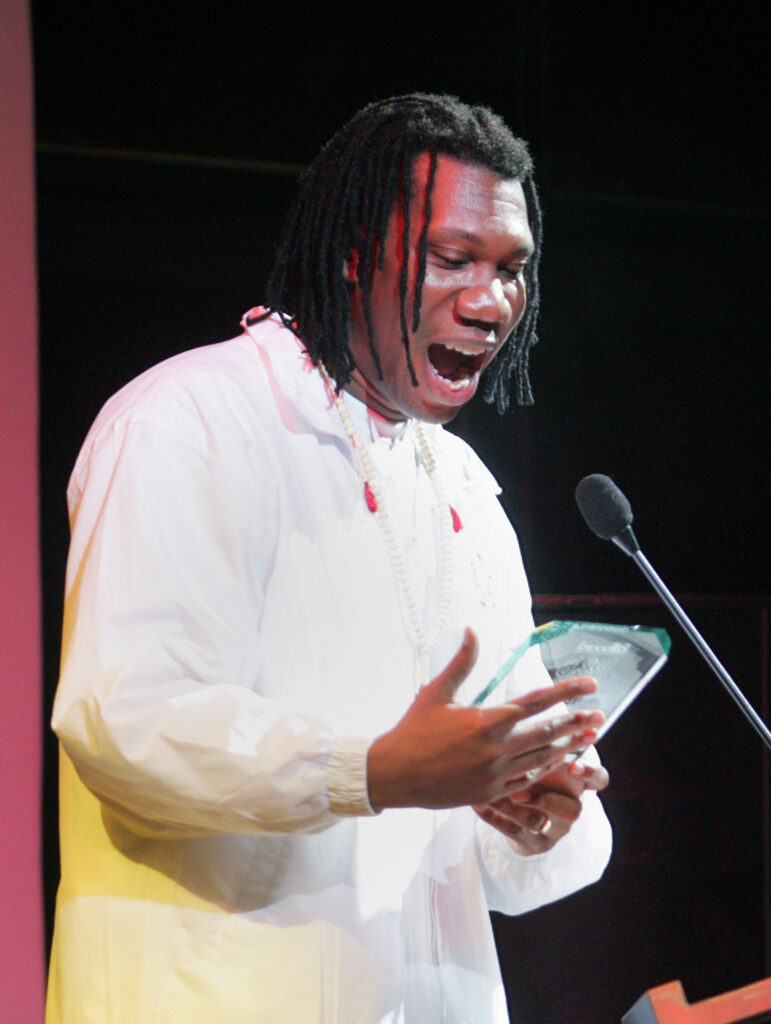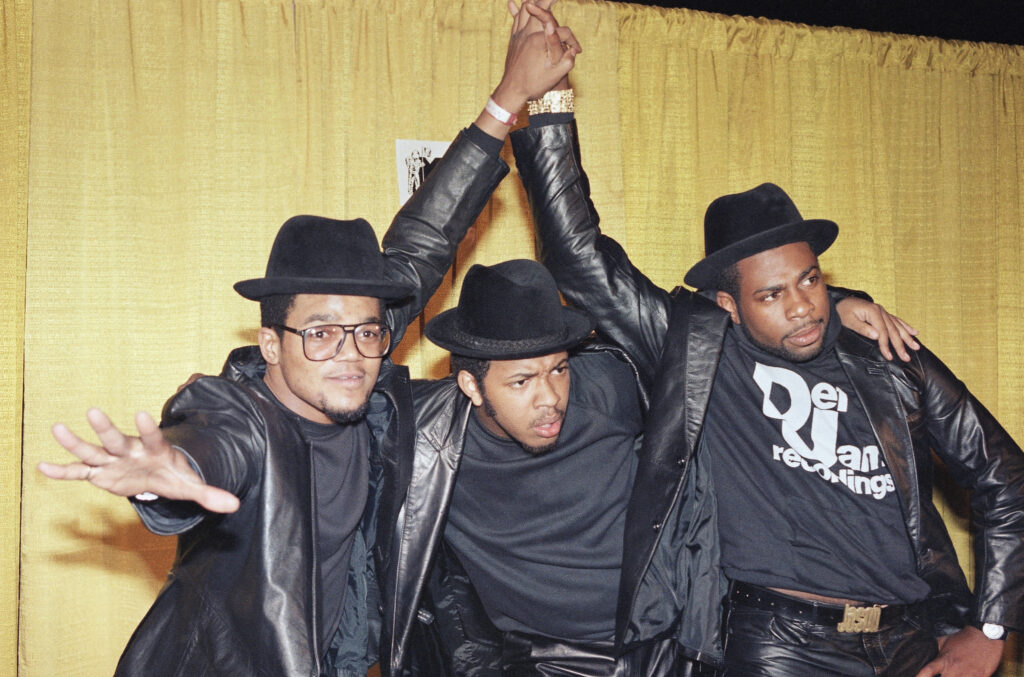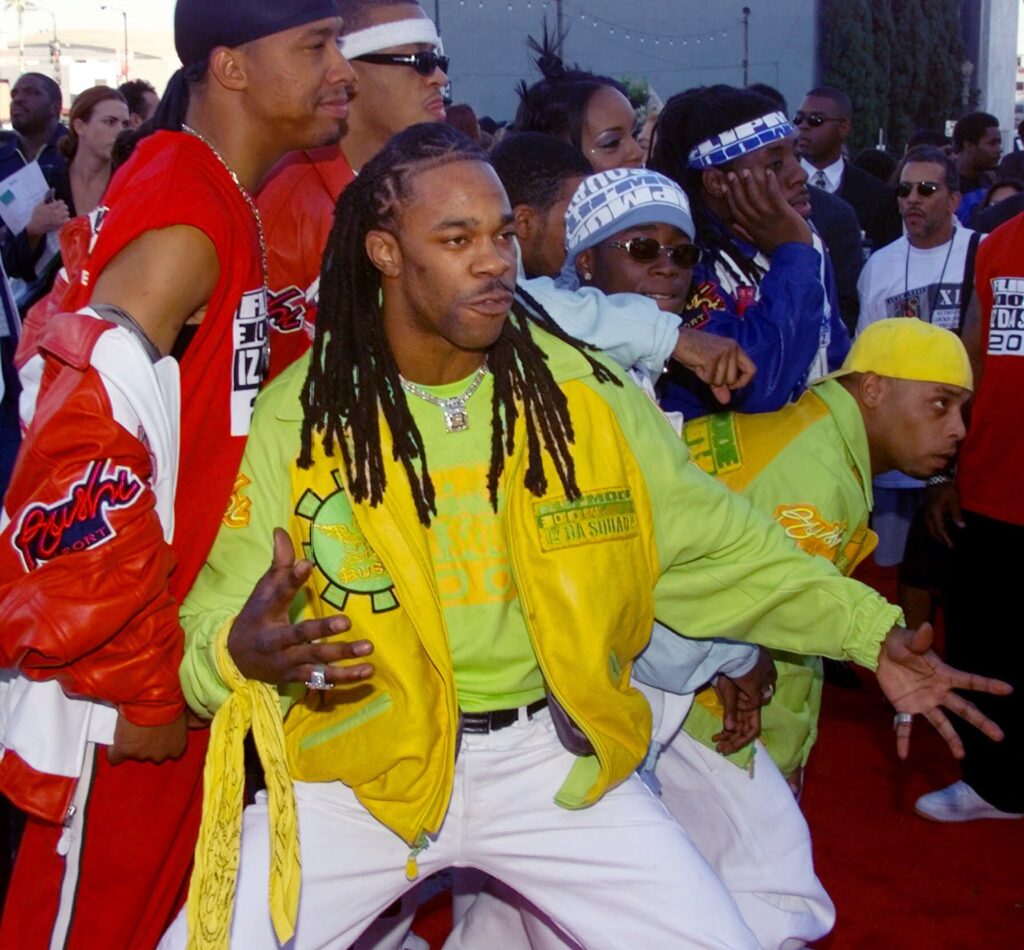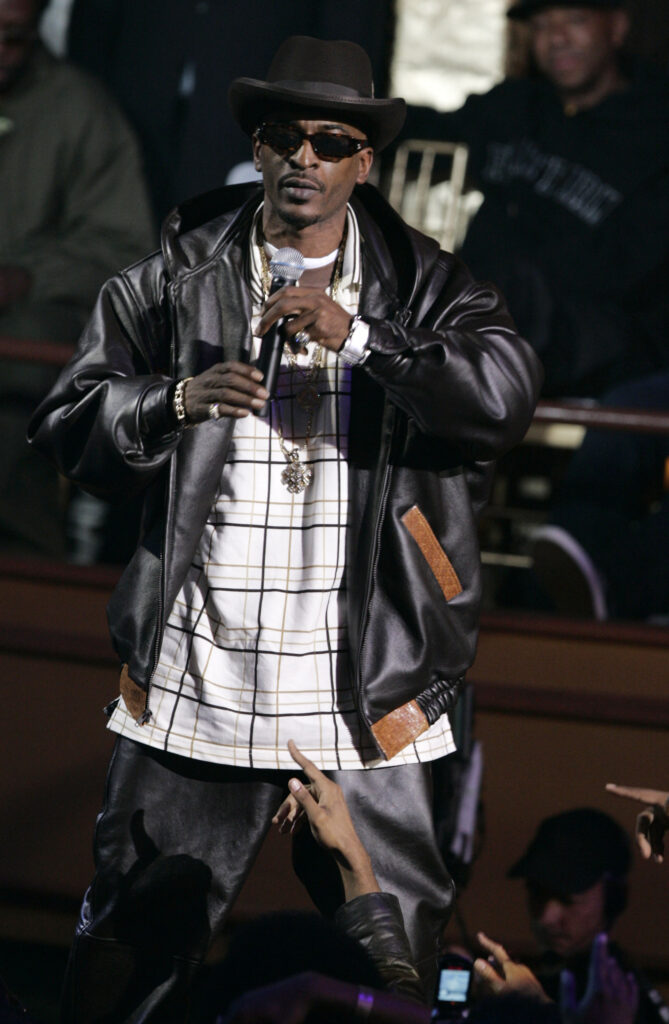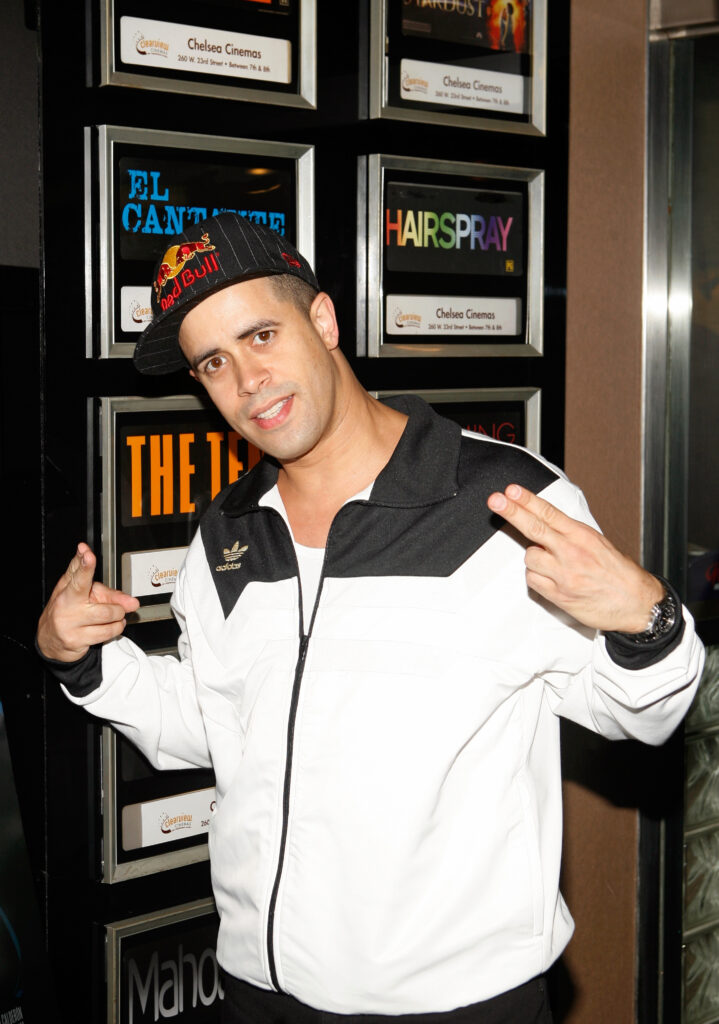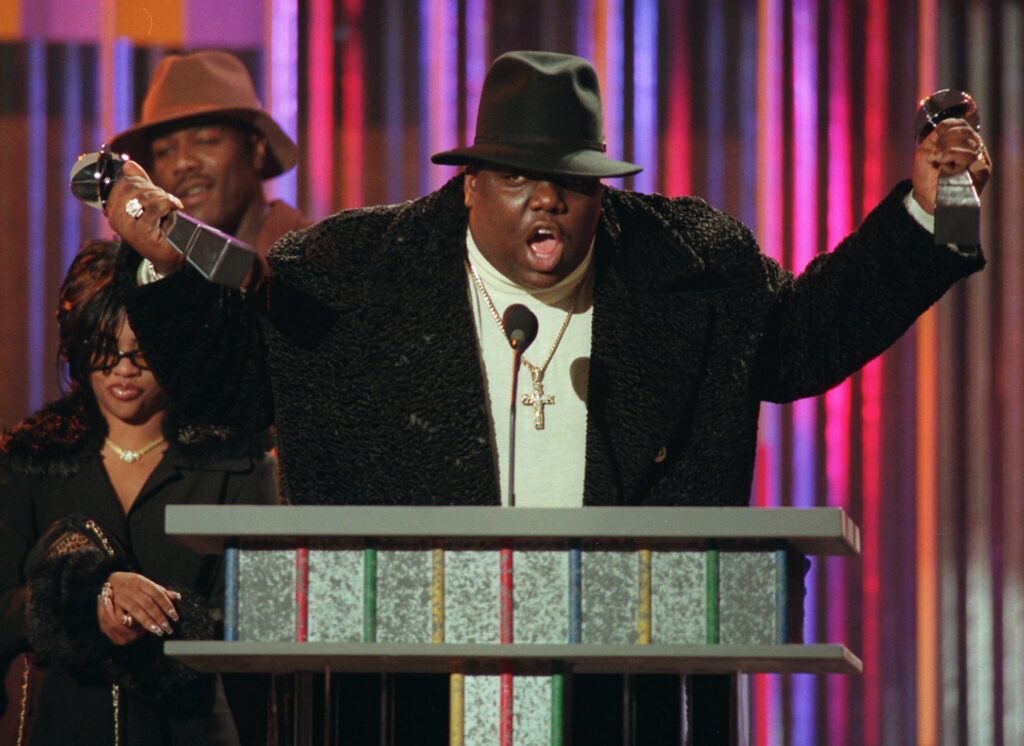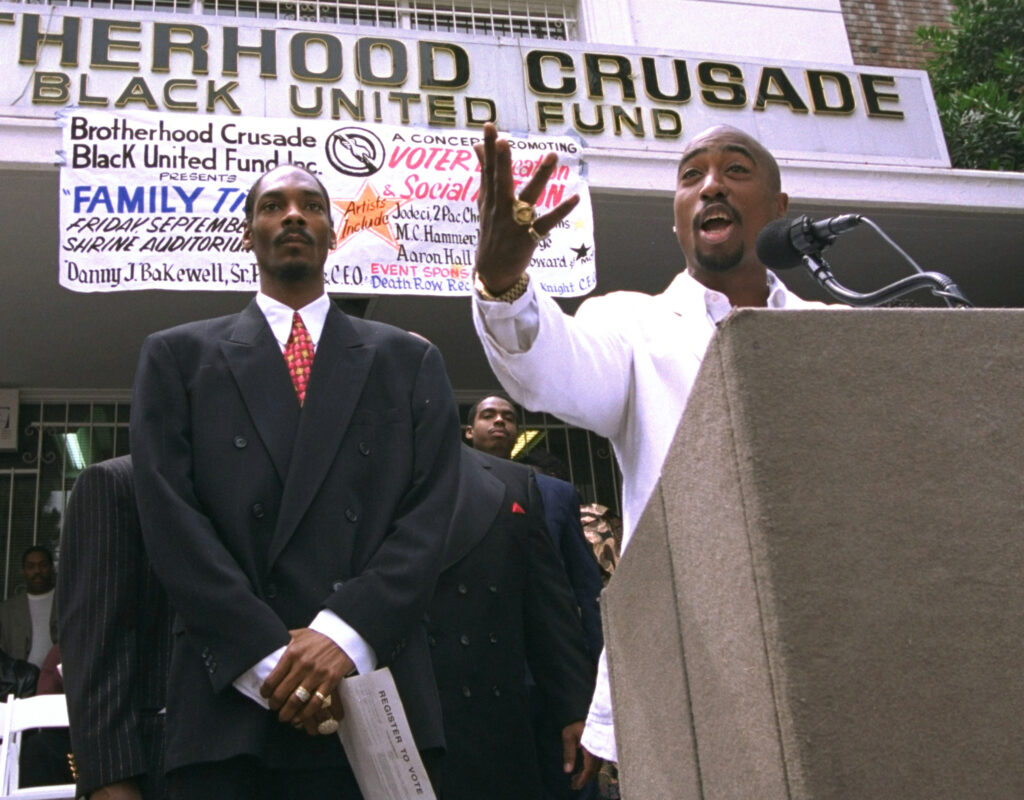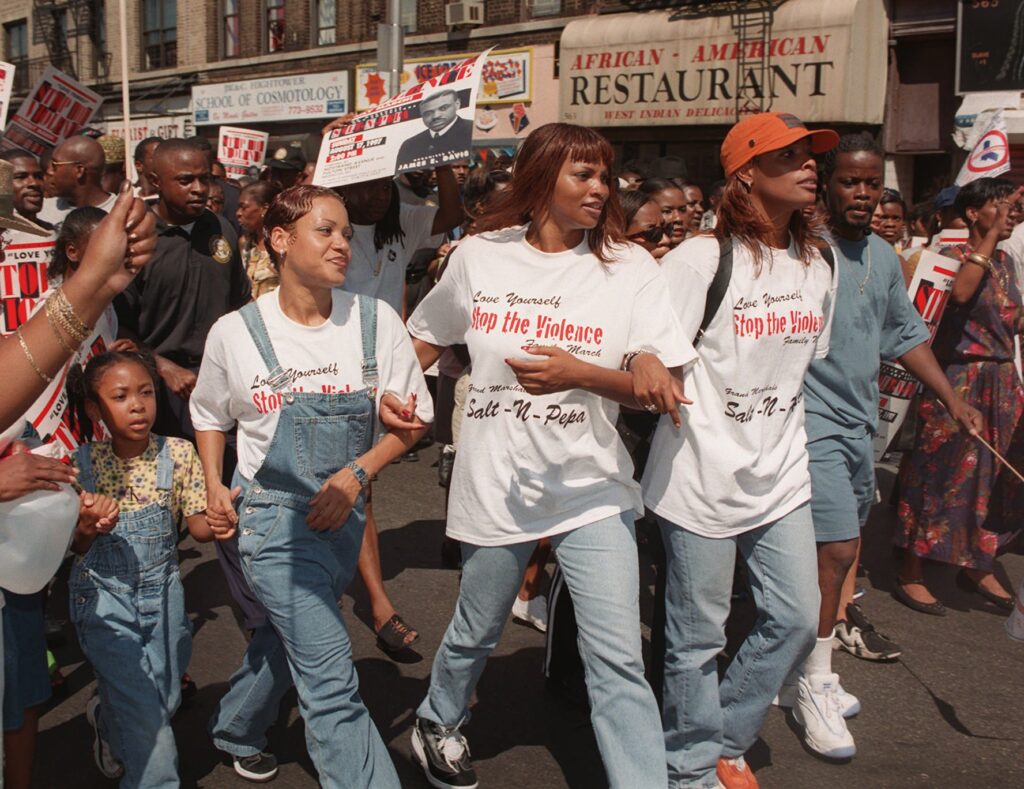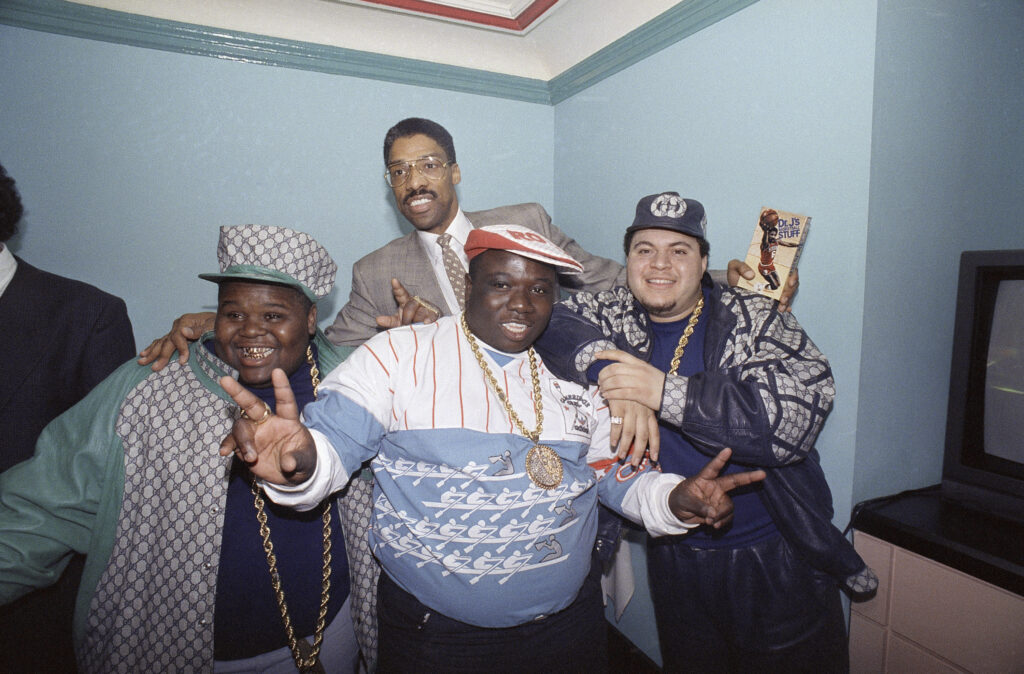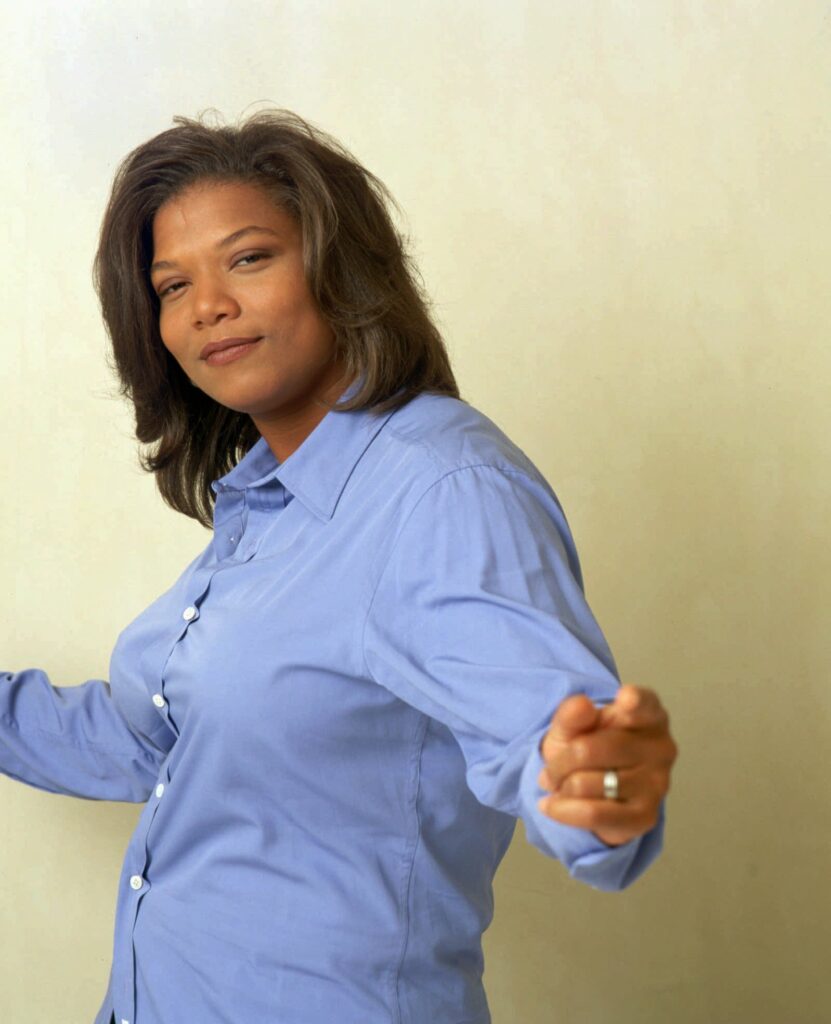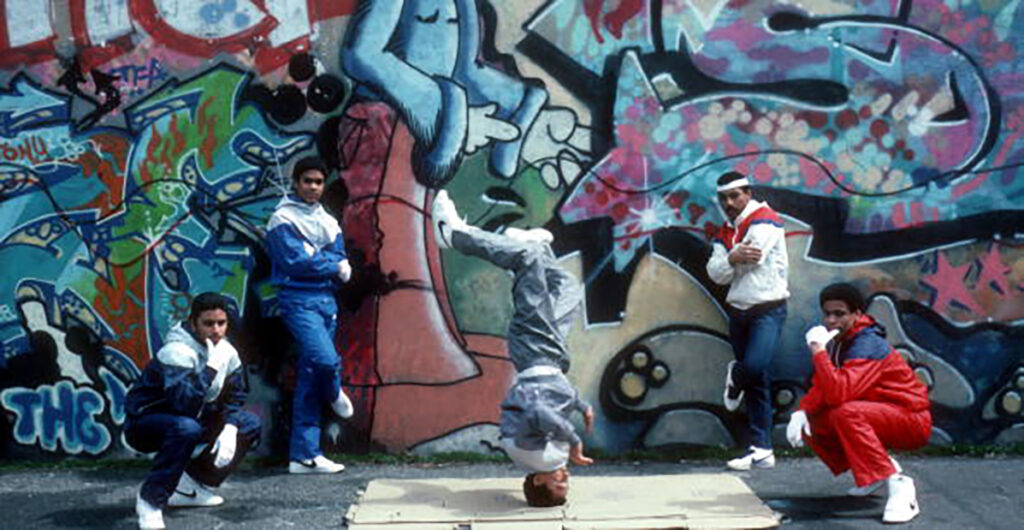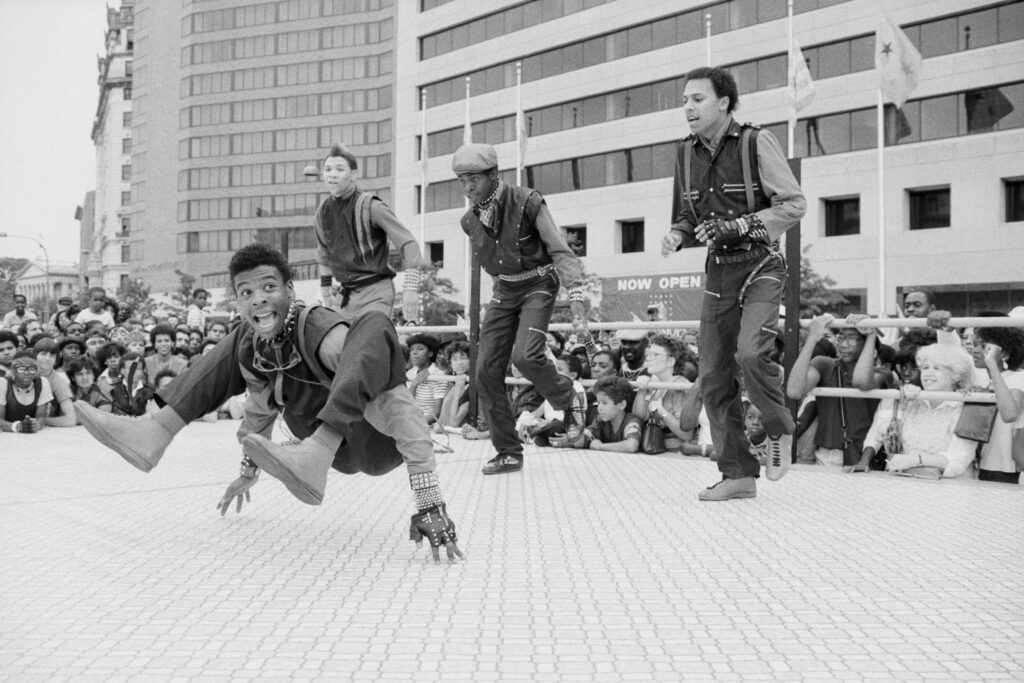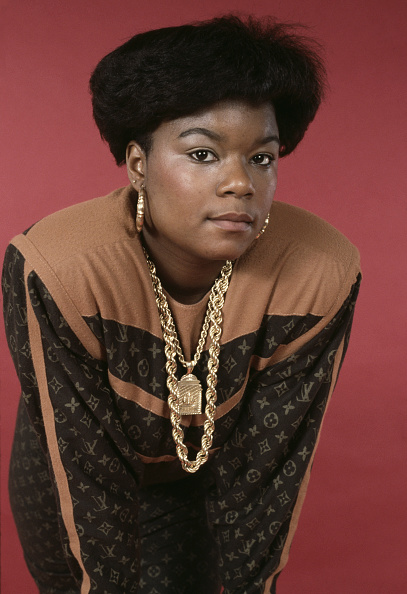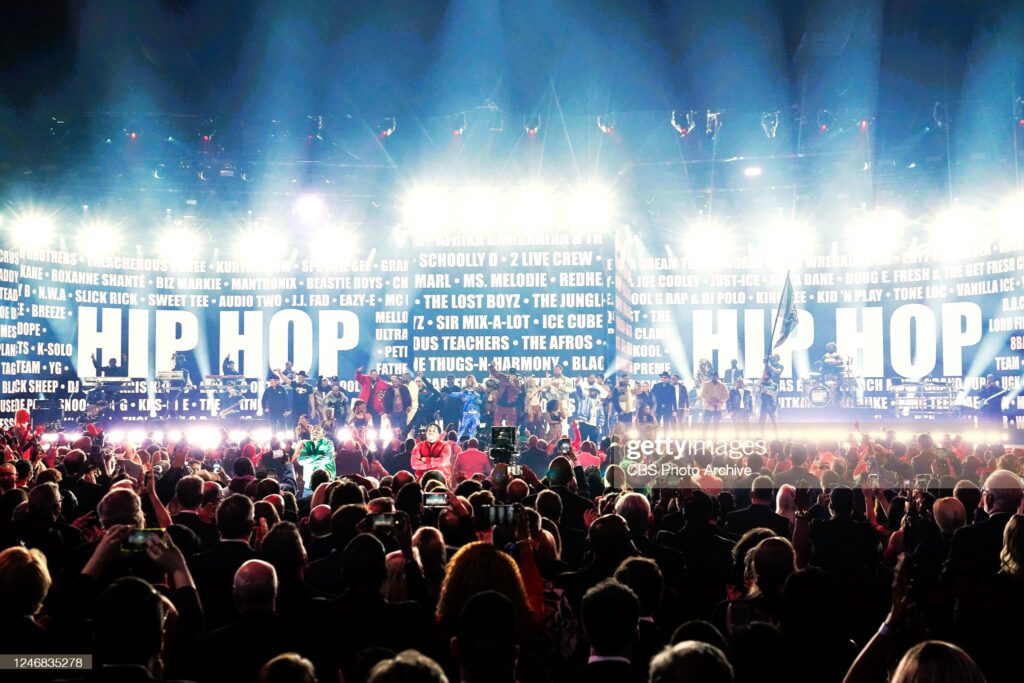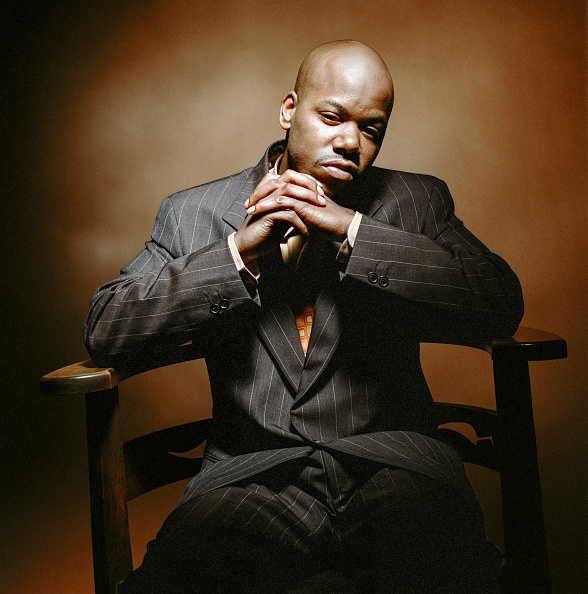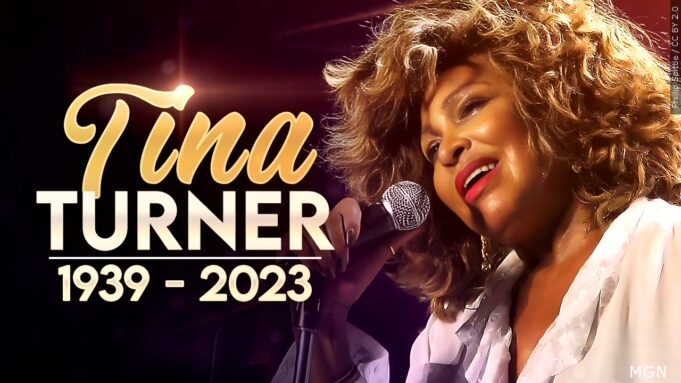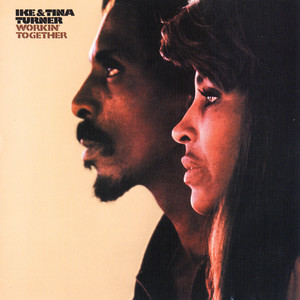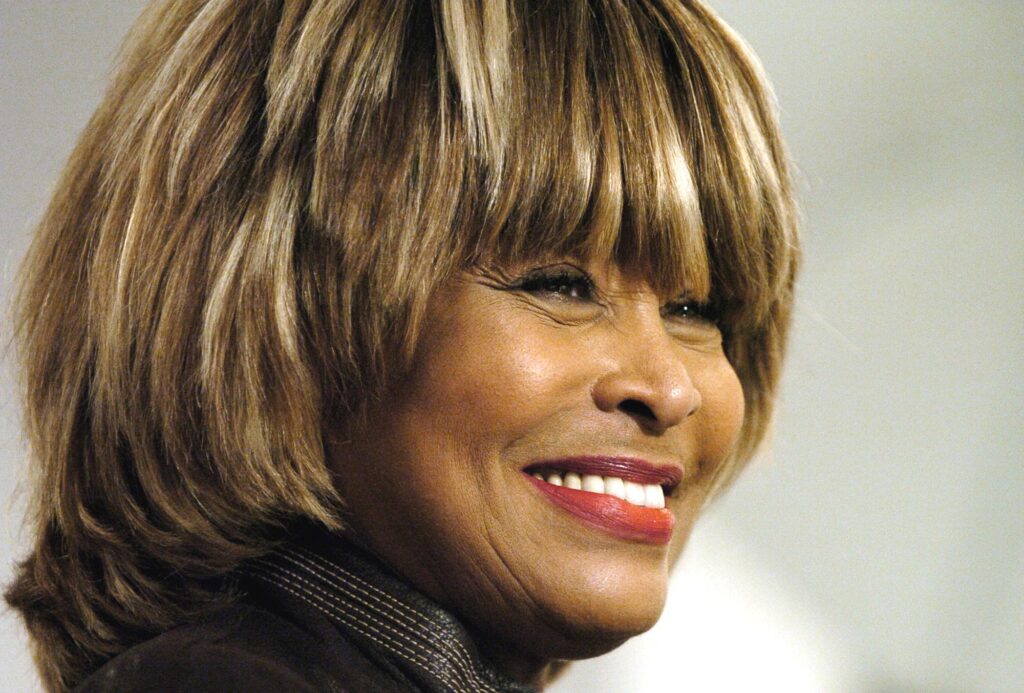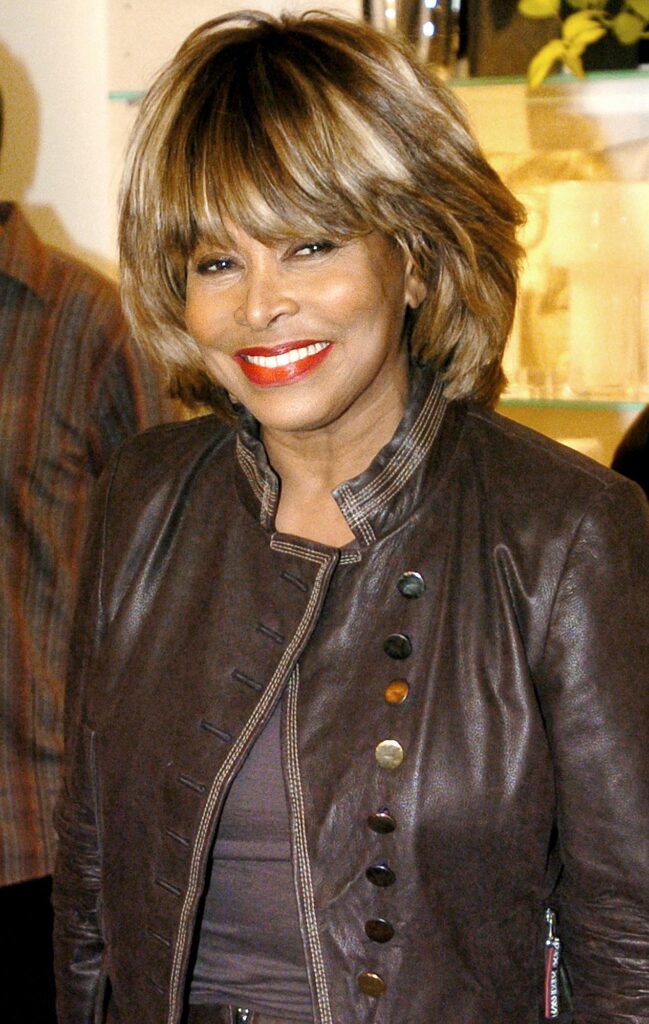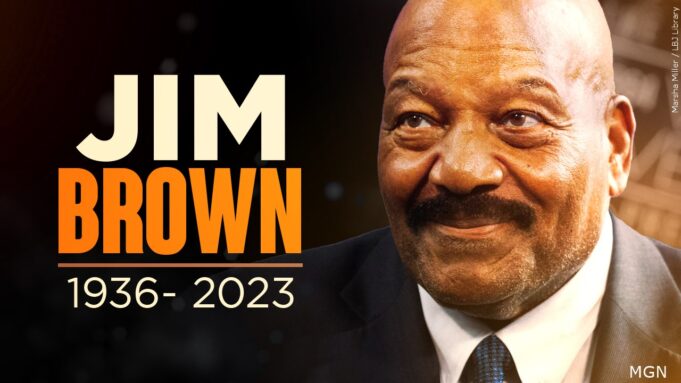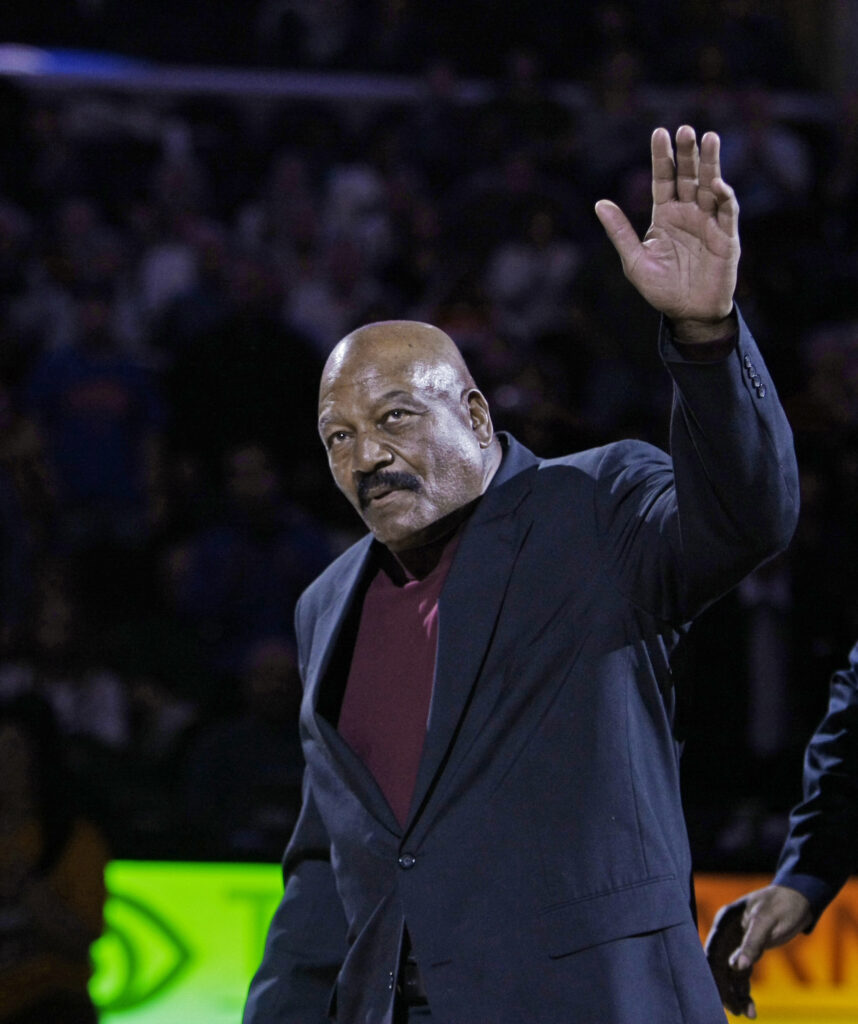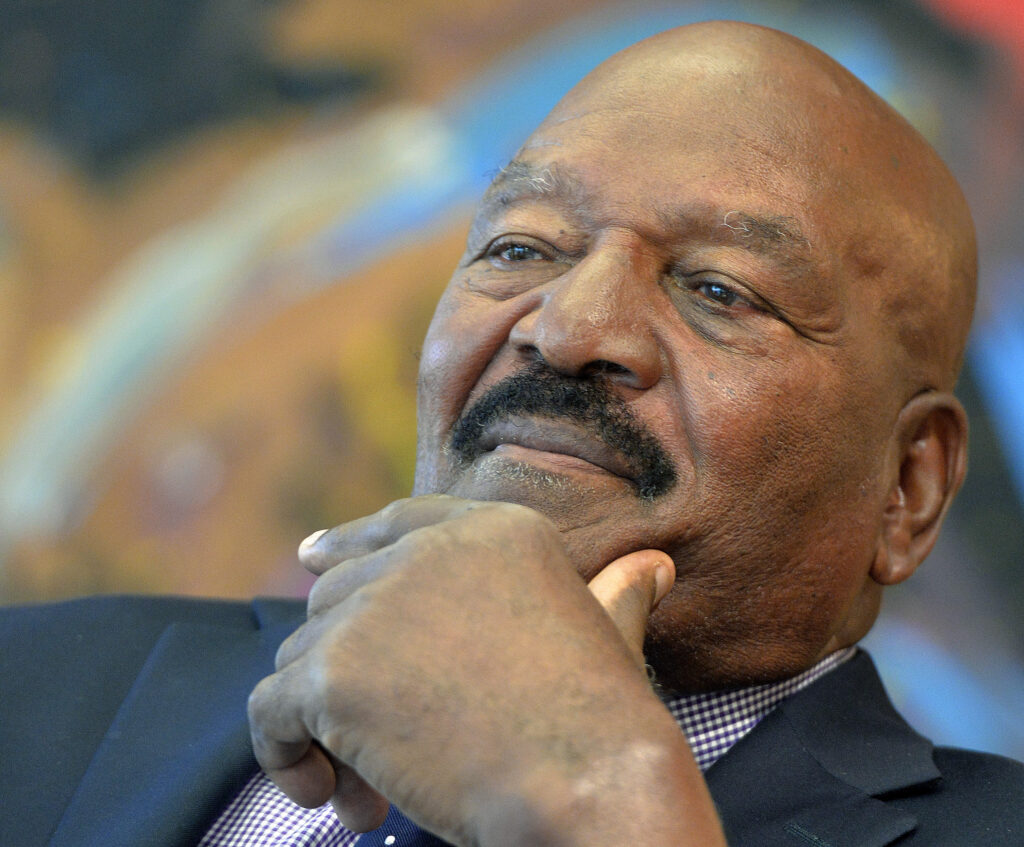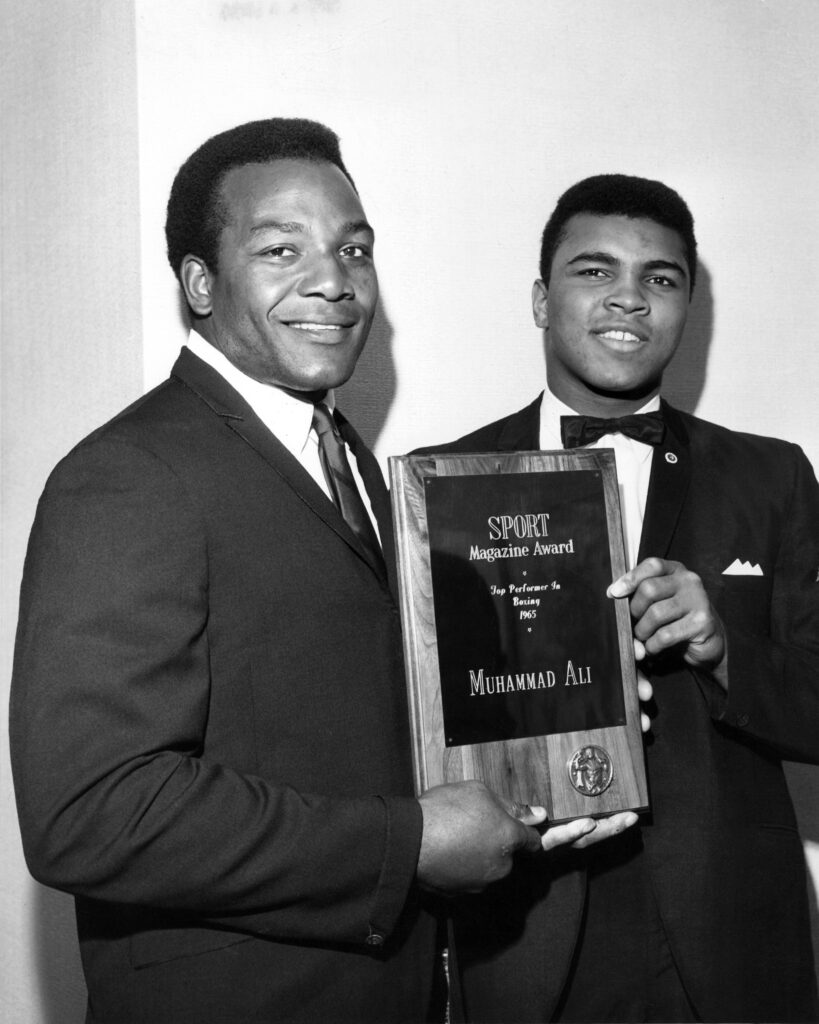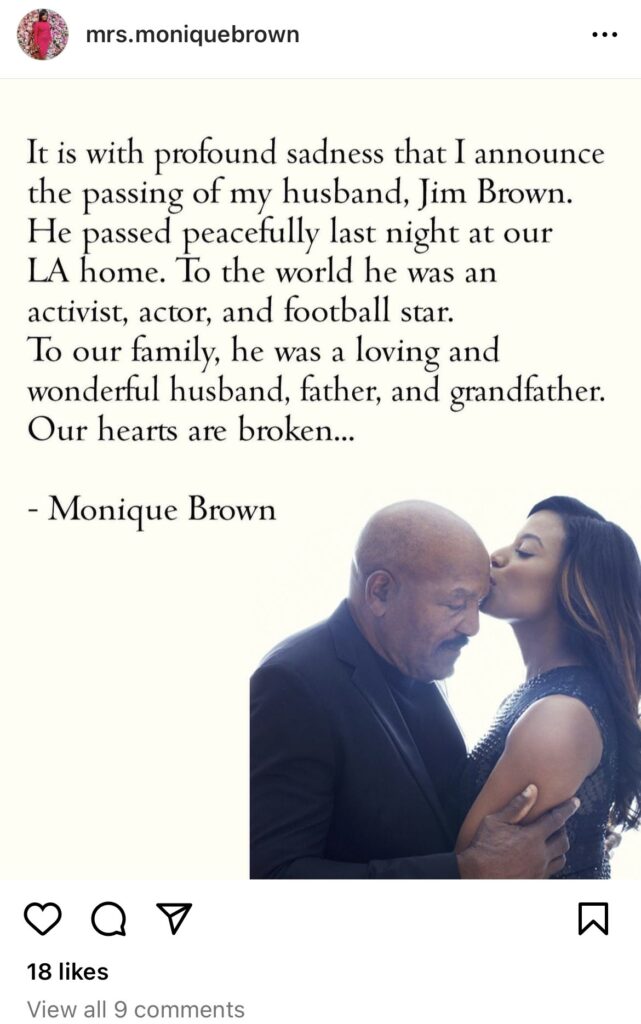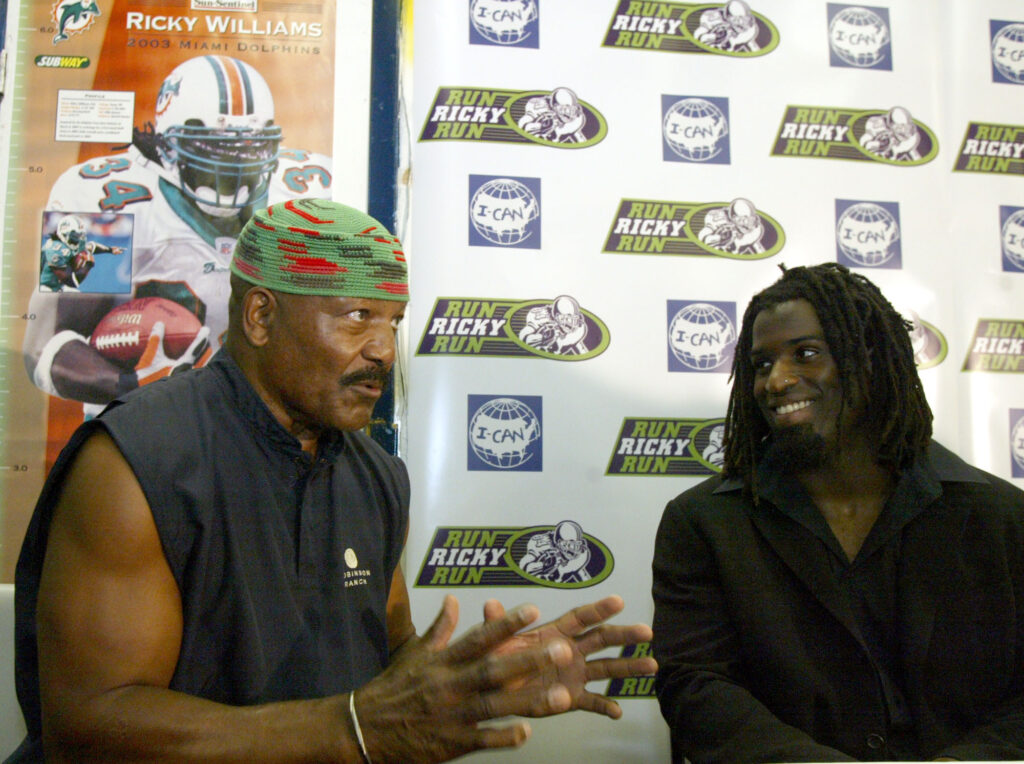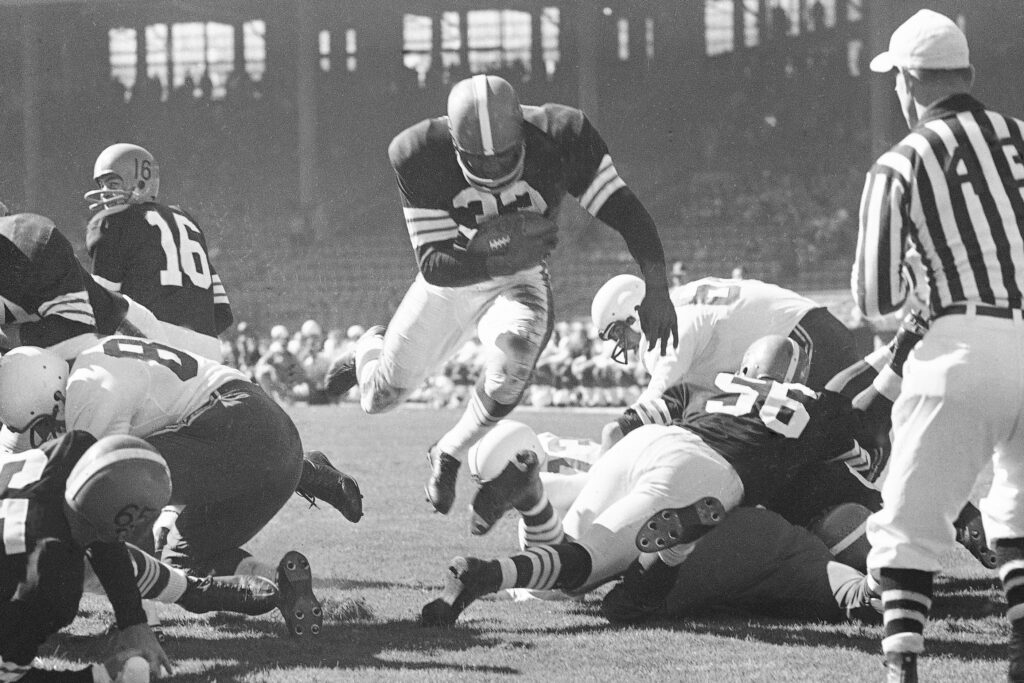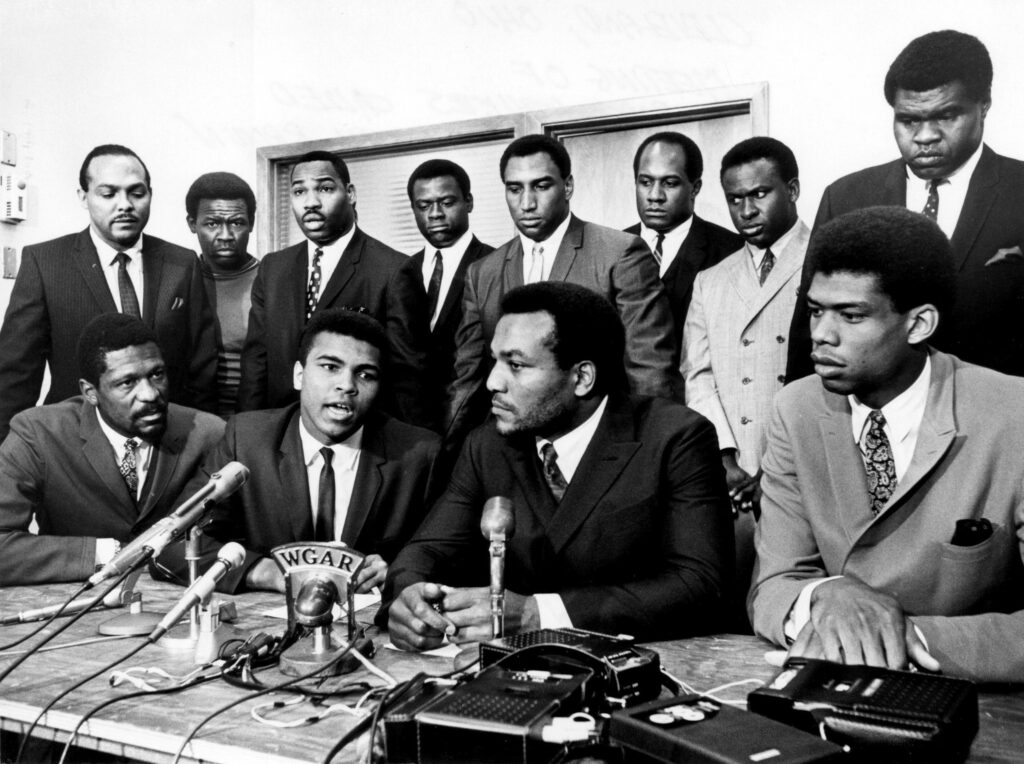Finding ways to unite the Original Family
By Brian E. Muhammad, Staff Writer- June 27, 2023
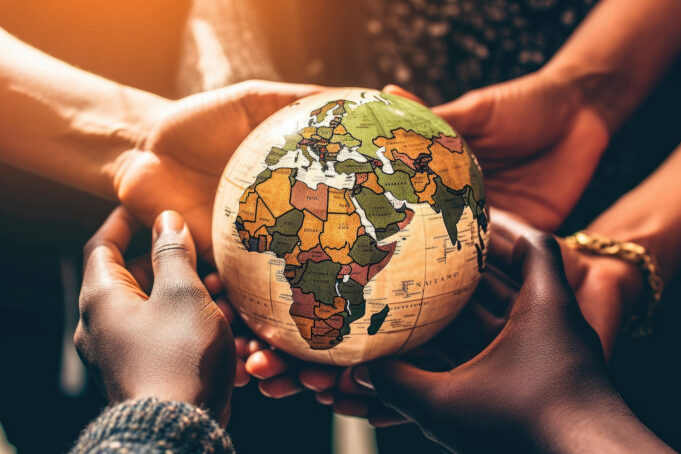
“O mankind, surely We have created you from a male and a female, and made you tribes and families that you may know each other…”—Holy Qur’an 49:13
The state of Black and Asian relations was thrust into the spotlight of national discourse when 14-years-old Cyrus Carmack-Belton, a Black middle schooler in Columbia, South Carolina, was shot in his back and killed by Rick Chow, an Asian store owner after being falsely accused of shoplifting bottled water.
Local authorities said security cameras showed the teen placing the water back in the cooler before being chased by Mr. Chow, 58, and his son Andy Chow. Mr. Chow has been charged with murder and is in jail awaiting trial. At presstime, demands continue from the slain teen’s family and activists for the arrest and charge of the younger Chow, who remains free in the aftermath of the May shooting.
The killing raised the specter of hostilities involving Blacks and Asians. But considering the historical context of America, change agents said there is a broader question about where the tensions between U.S. Blacks and other ethnic groups are coming from, and the need to narrow the gap in relations.
Activists and advocates told The Final Call the root cause of dislike, misunderstanding, and even enmity is ignorance and the presence and ill effect of White supremacy on Blacks, Latinos, Asians, and Indigenous communities. So, they don’t properly perceive one another, observers note.
“The first problem is that there’s internal disunity amongst each group because of the same causative agent being White supremacy and their indoctrination of us through their educational as well as religious systems,” said Abel Muhammad, a student minister and representative to the Latino community for the Nation of Islam.
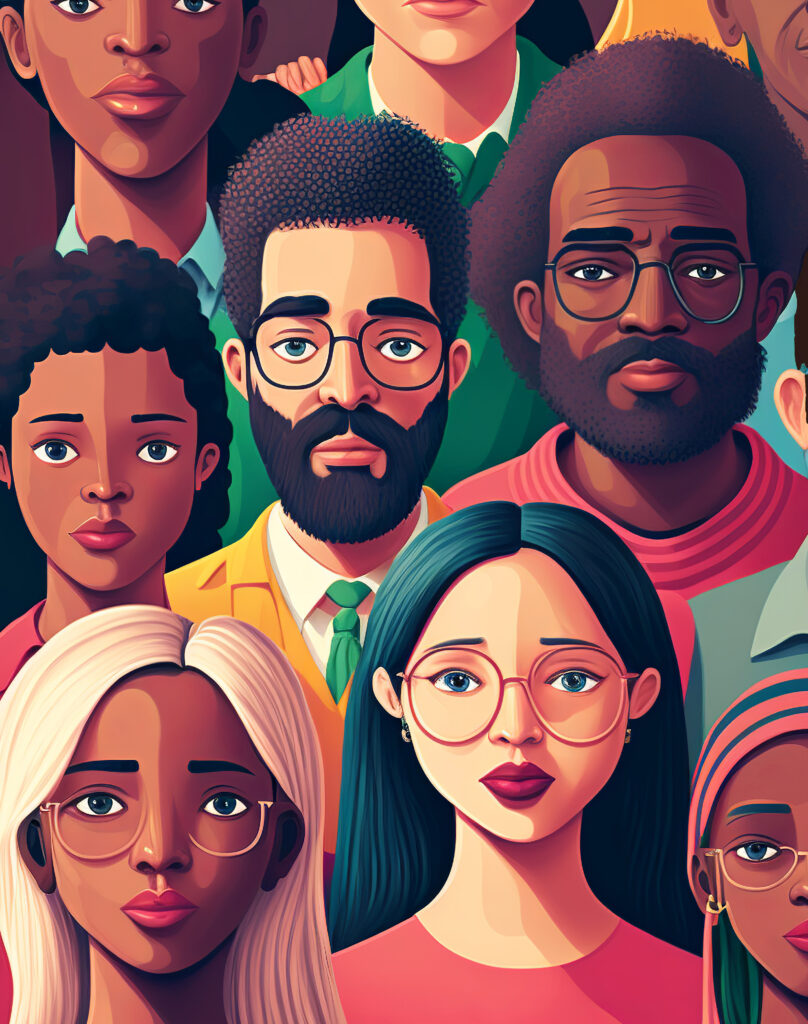
He explained that indoctrination is based on colonialism and slavery, which also resulted in other barriers to unity like language, which he argues is a “hidden trick” whether it’s Spanish, English, French, or Portuguese, to limit the parameter of thinking among communities.
These internal dynamics of disunity are further exacerbated when the topic of uniting with other communities is broached. Some will argue “we don’t need unity with them” because of a misperception of self and others, not realizing a natural unity exists because of a common origin.
“But not knowing that,” explained Student Min. Abel Muhammad, who is of Mexican descent, “we fight one another.”
As a student minister in the Nation of Islam, he works to foster and build relationships with various communities through the guidance of the Most Honorable Elijah Muhammad, the Eternal Leader of the Nation of Islam, and His National Representative, the Honorable Minister Louis Farrakhan.
For the Nation of Islam, fostering understanding and uniting the Original family is a fundamental aim. The Teachings of the Most Honorable Elijah Muhammad are universal in scope for the whole of humanity. Minister Farrakhan has described the mission of his teacher as universal. Both men teach the Original family which includes the Black, Brown, Red, and Yellow people who must strive for unity beyond ethnicity, tribe, and nationality.
The Most Honorable Elijah Muhammad demonstrated the most comprehensive and successful model of what unity looks like by fostering unity with the Indigenous people of the Americas; Asia; Africa, the Far East; and the Muslim World. Included in these moves was establishing a home in Mexico and relationships with governments in South America, said Student Minister Abel Muhammad.
Going back to the 1940s, Elijah Muhammad engaged in global issues, even being falsely accused of sedition and being a “Japanese sympathizer” because he preached against Blacks fighting in World War II. He was imprisoned under executive order by President Franklin D. Roosevelt.
Following the path of his teacher, Minister Farrakhan has a long track record of advocating, working, and standing up for self-determination and unity between the members of the Original family.
Building bridges despite difficulty
In Chapter 28 of his instructive book, “The Fall of America,” the Most Honorable Elijah Muhammad said America fulfills a prophesy found in the Bible book of Habakkuk 2:12: “Woe to him that buildeth a town with blood, and stablisheth a city by iniquity!”
“America was founded and built with blood and established by iniquity. She killed the aboriginal inhabitants (Indians) to establish herself as an independent people at the great loss of lives of the original owners,” He wrote. “Her great progress has been made by the work of iniquity. She has robbed many people; and the blood of her slaves, the so-called Negroes, has stained the earth here and elsewhere, stained by her hands,” He continued.

Mr. Muhammad and Minister Farrakhan warned the proponents of iniquity that a prophesied time has arrived for all people to return to their own nation and people. This includes the awakening and gathering of God’s people who make up the Original family. Such efforts are in effect despite the obstacles to unity.
For solidarity to be achieved unhindered, the mischief-making disease of White supremacy must be dismantled. Unity will require hard work, straight talk and patience within the Original family, say advocates.
Amina Lei, a Chinese-American artist, educator and member of the Nation of Islam, has held forums to bring the Black, Brown, Red and Asian communities into a space to foster understanding and dialogue in Los Angeles. There has been a long history of solidarity between the groups going back to the 1960s on several fronts, although interfered with by the government of America.
“There are historical solidarity movements and there’s current solidarity movements,” Sister Amina told The Final Call. “Where I grew up … in the Bay Area there’s a rich history of Asian activism in the civil rights movements,” she added. She grew up in San Francisco’s China Town in California’s Bay area where Asian activists struggled alongside Black Panthers and Black activists during turbulent times in America.
“There’s a Chinese youth organization, for example, called the Red Guard, the IWK (I Wor Kuen), who had their own 10-point program that was inspired by the Black Panthers, who had their program inspired by the Most Honorable Elijah Muhammad’s Muslim Program,” she told The Final Call.
The Third World Liberation Front is an example of the Brown family working with Asian American activists and Black activists to fight for ethnic studies in the Bay Area. “We fought together,” said Sister Amina. “There’s great leaders today that are learning from our ancestors,” she added.
They are studying Chinese leader Mao Tse-tung, who supported the Black Power movement in America, Ho Chi Min, who studied under Marcus Garvey in Harlem, Yuri Kochiyama, a Japanese activist and aide to Malcolm X, and Grace Lee Boggs, a Chinese-American activist who worked with civil rights leaders.
Learning about earlier struggles is paramount, agreed Student Minister Abel Muhammad. This is because the current generation is widely detached from knowing past revolutionaries who fought for freedom, justice and equality, especially if they were born in America, he pointed out.
“If they don’t know those who fought before, then there is a disconnect … a potential for mistakes and errors … because you have not studied those who already laid a base for us,” he said.
For Latinos he lifts the names of land rights leader Reies Lopez Tijerina, who was an ally of the Most Honorable Elijah Muhammad from Mexico; Jose Marti, a Cuban writer and early leader of the Cuban Revolution who inspired Fidel Castro and Che Guevara; and Pedro Albizu Campos, leader in the Puerto Rican independence struggles in the 20th century.
The struggle for mutual understanding
Racism is woven into the fabric of America from its inception.
“(At) what point do you not stop and say that we have—beyond a chronic problem—with recognizing the humanity of Black people if you’re non-African people, but get to a point where you realistically deal with the situation in its systemic nature, as saying that racism has not abated in this society?” said Dr. Harry Singleton, professor of African American Studies and Religious Studies at the University of South Carolina.
“It causes not only Whites, but non-Africans to view people of African descent in jaundiced ways,” he added.
Part of the difficulty factor to unity is the different experiences among the Original family, so there has to be a point of understanding each other’s pain and struggle.
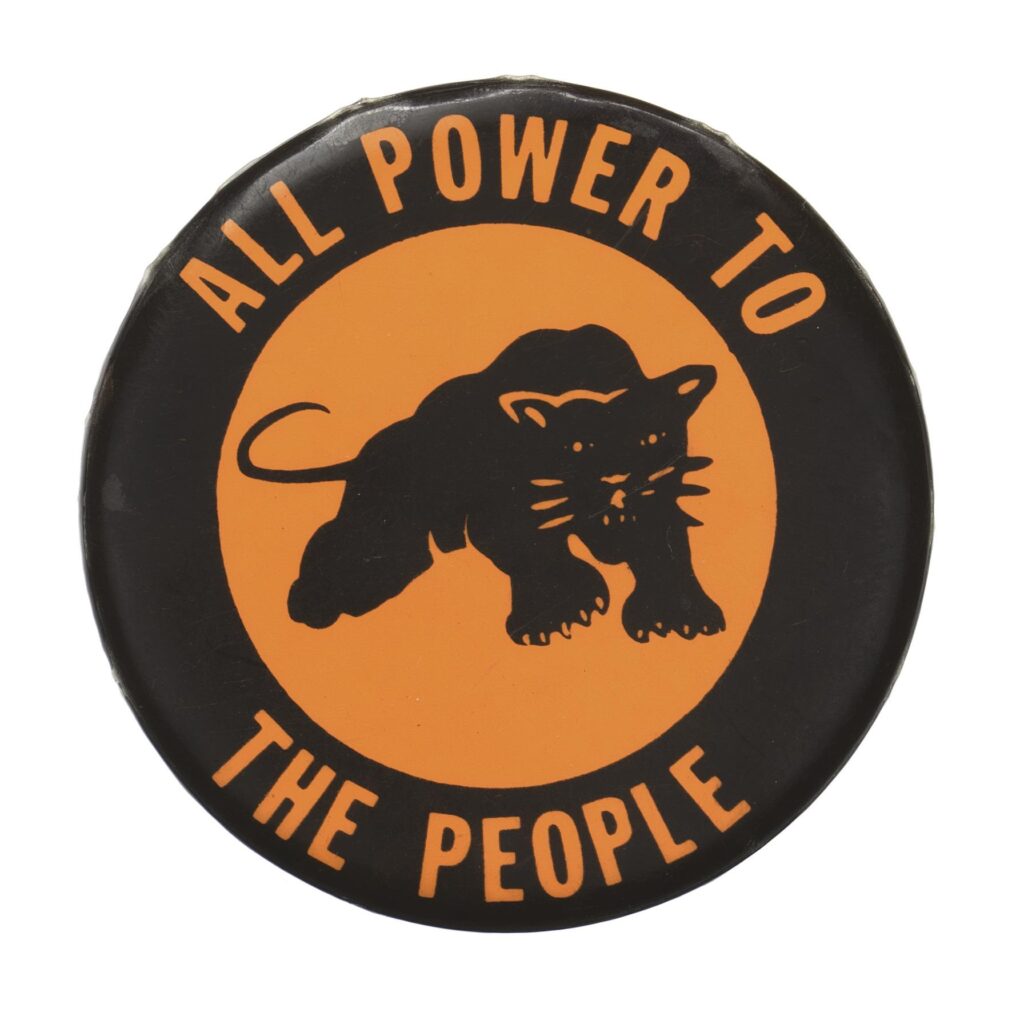
Black Panther party
“We’re listening to our enemy through their media and through a whitewashed education,” said Sister Amina.
“So, I would like a space for us to actually come to the table and talk,” she said. “The point is for us to take away the hidden hand, acknowledge there’s been a hidden hand for a long time, in so many ways, and (for) the Original family to come together,” she explained.
Student Minister Abdul Malik Sayyid Muhammad, the Western Regional representative of the Nation of Islam, has engaged in peace efforts among street organizations and meetings among the Asian community. For him, the tensions within the Original family pose an opportune time to make inroads and learn about one another.
“The Minister (Farrakhan) said ‘Brother, don’t you ever get into generalities’ of thinking all Asians hate Black people … that’s mathematically impossible, just like it’s mathematically impossible for all Blacks to hate Asians,” said Student Minister Abdul Malik Sayyid Muhammad. “We got a communication problem … a perception problem,” he explained.
Talking and asking questions about the perception some Asians have of Black people will reveal the role of negative media images exported to Asia and other places. When an understanding of what is at the root of the misperceptions, solutions, and progress in relations can be achieved.
“In L.A. right now we’re setting up trade agreements with China Town, Korea Town, with Little Tokyo,” said Student Minister Abdul Malik Sayyid Muhammad. He stated that Minister Farrakhan told him don’t condemn a dirty glass, but place a clean glass next to it and build bridges.
When 10 people were shot to death and 10 others injured celebrating the Chinese Lunar New Year early this year, at a Monterey Park dance hall outside of Los Angeles, he showed up and offered condolences. “I showed up just like I do in the hood, and we came and paid our respects (and) opened the hearts of the Asian community,” he said.
The act of kindness opened the door to sitting down and sharing each other’s fears and concerns. In tragedy, it’s a time for justice and healing, he explained. “Let’s sit down; I’d rather unite with the Original families of the Earth to heal each other … and stand in unity against White supremacy.”
The student minister has staged peace rides for 14 years where at the end of every month bikers and low riders gather to promote peace among gangs to curb violence. The Asian community has joined in as another example of how barriers are being slowly broken.
“Now we’re getting to know each other, and I give them the Qur’anic verses that the Minister gave me. Because he said that isn’t just for Muslims,” he said. “Allah (God) says in the Qur’an that he made us into tribes and families, that we may know one another. So, if I know you, I can’t despise you, and if you know me you can’t despise me,” he continued.
“Then in Surah (Chapter) three, Allah says ‘when you were on the brink of a pit of fire, that’s when I united your hearts.’ So sometimes, in the height of wanting to hurt, that’s when we want to unite. So, let’s find a way to unite.”
“We’re listening to our enemy through their media and through a whitewashed education,” said Sister Amina.
“So, I would like a space for us to actually come to the table and talk,” she said. “The point is for us to take away the hidden hand, acknowledge there’s been a hidden hand for a long time, in so many ways, and (for) the Original family to come together,” she explained.
Student Minister Abdul Malik Sayyid Muhammad, the Western Regional representative of the Nation of Islam, has engaged in peace efforts among street organizations and meetings among the Asian community. For him, the tensions within the Original family pose an opportune time to make inroads and learn about one another.
“The Minister (Farrakhan) said ‘Brother, don’t you ever get into generalities’ of thinking all Asians hate Black people … that’s mathematically impossible, just like it’s mathematically impossible for all Blacks to hate Asians,” said Student Minister Abdul Malik Sayyid Muhammad. “We got a communication problem … a perception problem,” he explained.
Talking and asking questions about the perception some Asians have of Black people will reveal the role of negative media images exported to Asia and other places. When an understanding of what is at the root of the misperceptions, solutions, and progress in relations can be achieved.
“In L.A. right now we’re setting up trade agreements with China Town, Korea Town, with Little Tokyo,” said Student Minister Abdul Malik Sayyid Muhammad. He stated that Minister Farrakhan told him don’t condemn a dirty glass, but place a clean glass next to it and build bridges.
When 10 people were shot to death and 10 others injured celebrating the Chinese Lunar New Year early this year, at a Monterey Park dance hall outside of Los Angeles, he showed up and offered condolences. “I showed up just like I do in the hood, and we came and paid our respects (and) opened the hearts of the Asian community,” he said.
The act of kindness opened the door to sitting down and sharing each other’s fears and concerns. In tragedy, it’s a time for justice and healing, he explained. “Let’s sit down; I’d rather unite with the Original families of the Earth to heal each other … and stand in unity against White supremacy.”
The student minister has staged peace rides for 14 years where at the end of every month bikers and low riders gather to promote peace among gangs to curb violence. The Asian community has joined in as another example of how barriers are being slowly broken.
“Now we’re getting to know each other, and I give them the Qur’anic verses that the Minister gave me. Because he said that isn’t just for Muslims,” he said. “Allah (God) says in the Qur’an that he made us into tribes and families, that we may know one another. So, if I know you, I can’t despise you, and if you know me you can’t despise me,” he continued.
“Then in Surah (Chapter) three, Allah says ‘when you were on the brink of a pit of fire, that’s when I united your hearts.’ So sometimes, in the height of wanting to hurt, that’s when we want to unite. So, let’s find a way to unite.”
